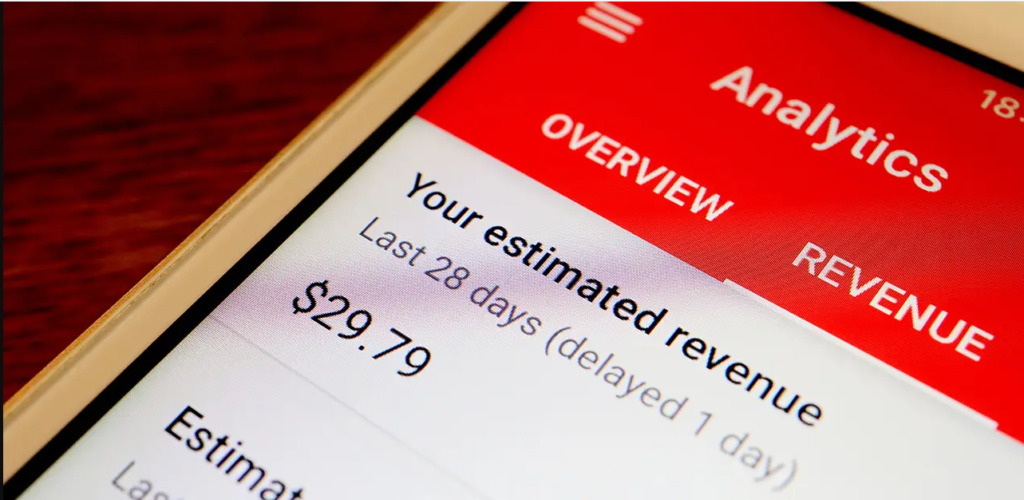
The requirements for creators to profit from their work through YouTube‘s partner program are being loosened by the Google-owned firm.
Compared to before, to be eligible to Monetise YouTube Chanel, a creator needed at least 1,000 subscribers and either 4,000 watch hours in the previous year or 10 million views of Shorts in the previous 90 days.
The minimum number of subscribers is now 500, with a minimum of three recent public uploads, 3,000 watch hours over the course of the previous year, or three million Shorts views over the course of the previous 90 days.
In order to enjoy tipping features like channel subscriptions, Super Chat, and Super Thanks, among others, eligible creators can apply for the YPP.
“We’re starting to roll out this new level of YPP to creators in the U.S., U.K., Canada, Taiwan, and South Korea, and will introduce earlier access to YPP across all countries where YPP is available over time,” YouTube wrote in a blog post.
READ ALSO: A Simple Place to Start if You’re Lagging on Digital Transformation
The business also stated that whenever producers meet the current YPP eligibility requirements and expand their channel, they would immediately qualify for income sharing from advertising and additional advantages without needing to go through the entire YPP application process once again.
“These current revenue sharing eligibility requirements remain unchanged.”
With the YPP, creators can earn around half of their total revenue from Google-placed ads on their videos.
The revenue per mile (RPM) rate, which measures how much a creator makes for every 1,000 views on YouTube, varies depending on a number of factors, including the sort of material the creator produces, their location, and the duration of their videos.
Additionally, even if a creator’s video may receive hundreds of thousands of views, only some of the viewers may have watched the 30-second ad requirement; the others may have skipped the ad or used an ad blocker.
If you Monetise YouTube Chanel in Kenya you make as little as Ksh.1,000 (less than $10) for every 10,000 views, which makes their primary source of income dependent on client-sponsored video.
This is lower than their Western counterparts, who sometimes make up to Ksh.4,000 ($29.30) per 10,000 views for long-form videos, according to a May survey by American publisher Business Insider.


